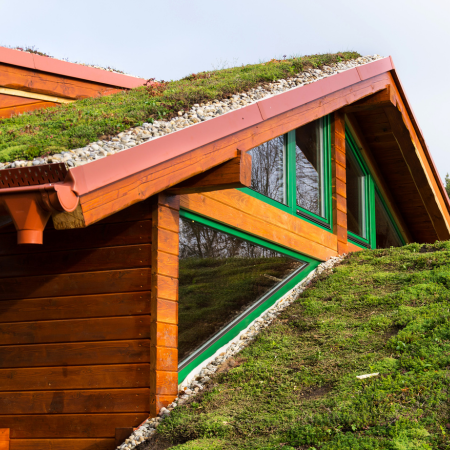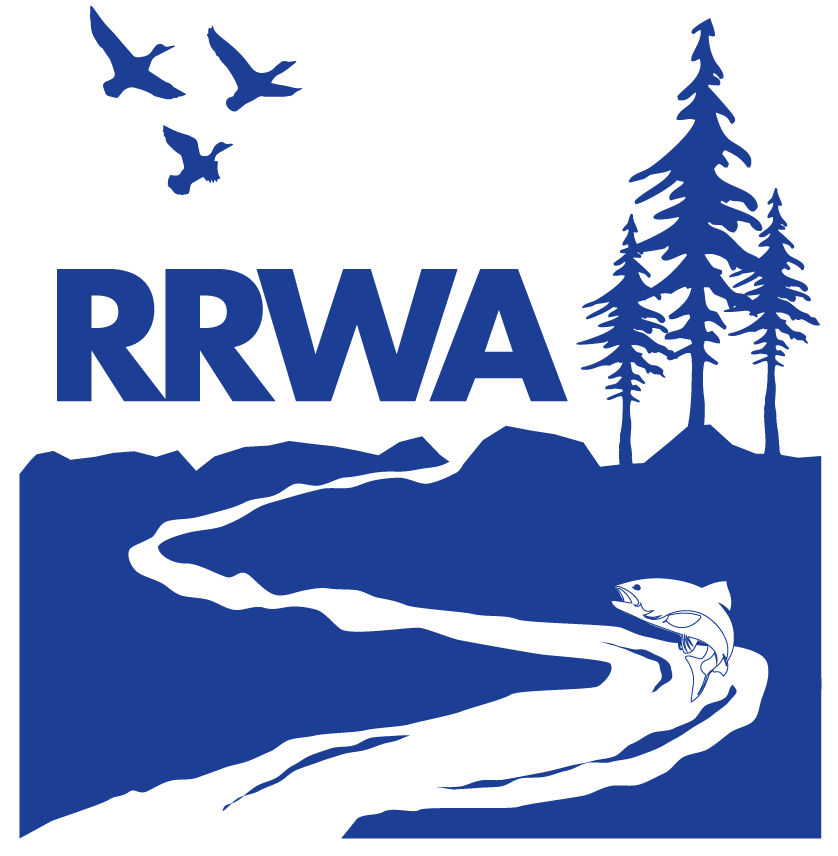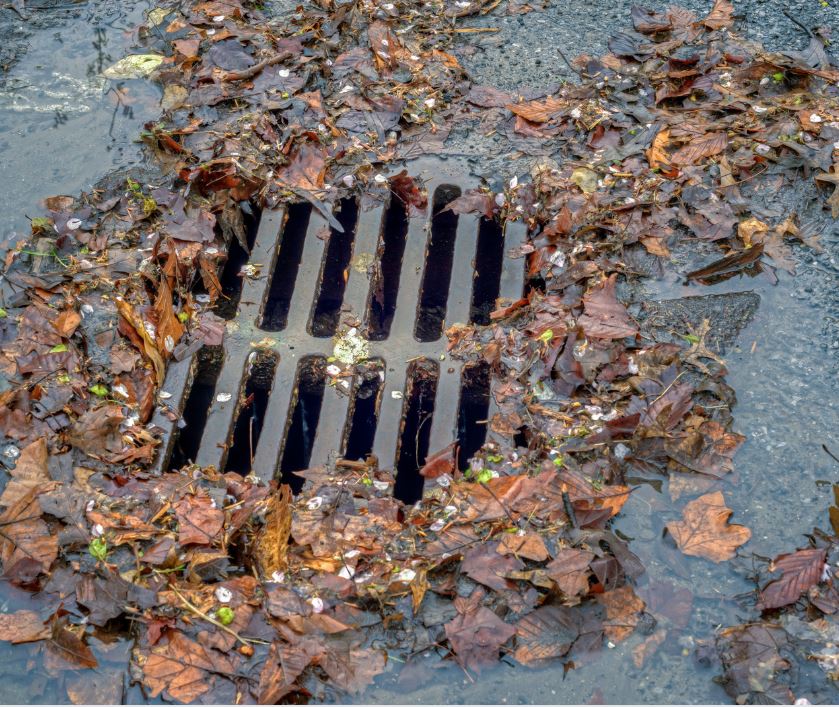From Runoff to Renewal: Green Strategies for a Cleaner Environment
The Russian River Watershed is a delicate tapestry of ecosystems and human habitats. However, it is silently being woven with threads of stormwater runoff pollution, affecting the serenity of its waters and the lives it sustains.
Understanding Runoff Pollution
Runoff pollution typically originates in urban and suburban settings, where rainwater picks up various pollutants while flowing over diverse surfaces. If not absorbed by the ground or evaporated, it eventually contaminates local creeks and the rivers, impacting aquatic life and water quality.
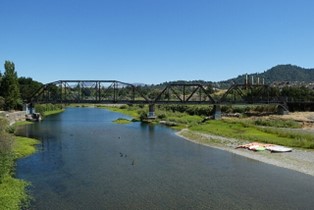
|
Russian River, Healdsburg |
The Unseen Journey of Rain
In untouched areas like forests and fields, only a small portion of rain becomes runoff, the majority being absorbed by the flora and the soil. However, impermeable surfaces like concrete almost exclusively produce runoff, with one inch of rain on one acre creating approximately 27,000 gallons of runoff!
Agricultural Contributions
Agricultural lands also contribute significantly to runoff pollution, with nutrients from fertilizers and animal waste making their way into water bodies, disrupting the delicate balance of the aquatic ecosystem in the watershed.
Examples of Runoff Pollution:
Stormwater runoff accumulates a hazardous concoction of pollutants such as:
- Oil and petroleum products
- Soil and sediment
- Pathogens including fecal bacteria and viruses
- Nitrogen and phosphorus sourced from fertilizers and atmospheric pollution
- Road salt
- Harmful metals, including copper, lead, and zinc
A Growing Concern
With the continual expansion of impermeable structures like roads and buildings, coupled with the diminishing presence of natural filters such as meadows and forests, runoff pollution is on the rise. The existing man-made filtration mechanisms have been unable to compensate for the loss adequately.
Impacts of Runoff Pollution
The repercussions of runoff pollution are multifaceted, affecting both the landscape of our watershed and its inhabitants. It alters waterways, degrades recreational areas, contaminates drinking water, and leads to enhanced flood damage in areas laden with hard surfaces. Residents of the Russian River Watershed face reduced water quality and property damages, particularly after substantial rainfall.
Green Infrastructure: A Ray of Hope
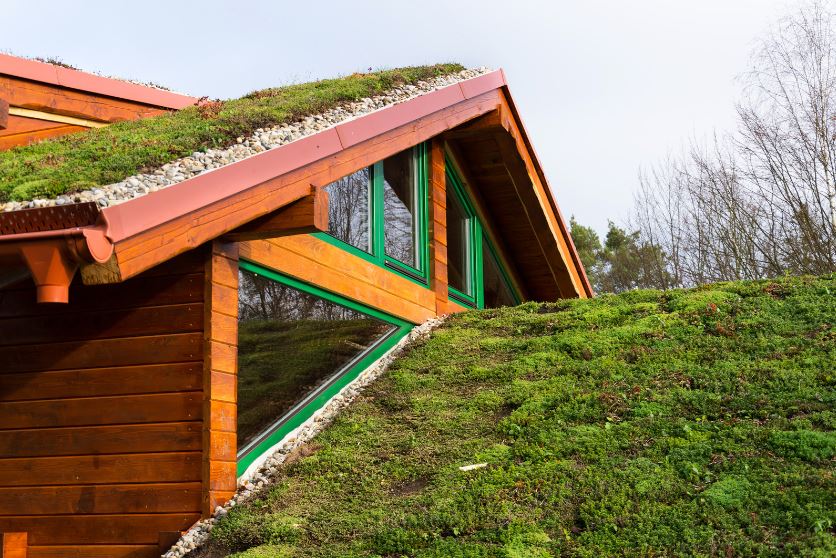 An effective and promising approach to curbing runoff pollution involves implementing Low Impact Development (LID) features, aimed at slowing and absorbing polluted runoff. Strategies include:
An effective and promising approach to curbing runoff pollution involves implementing Low Impact Development (LID) features, aimed at slowing and absorbing polluted runoff. Strategies include:
- Establishing rain gardens and additional natural spaces in depressed areas near downspouts;
- Connecting downspouts to rain barrels for rainwater harvesting, allowing the collected water to be utilized for garden irrigation later;
- Substituting existing pavement with permeable surfaces where feasible;
- Switching out lawns with native plants;
- Installing trees in residential yards, beside streets, and adjacent to water bodies; and
- Cultivating rooftop gardens.
These and other sustainable solutions are cost-effective, contribute to community aesthetics, and aid in the creation of wildlife habitats. This approach, known as the “green filter approach,” is vital for managing runoff. In adherence to this, the City of Healdsburg, along with most development projects within its scope, is mandated to align with regulations to reduce stormwater pollution, protect the quality of local water bodies, and foster groundwater replenishment. The City of Santa Rosa has been providing design guidelines for permanent stormwater structures, as outlined in a series of manuals since July 13, 2005, to which the City of Healdsburg conforms. The latest approved manual, updated in 2017, establishes the required design guidelines for all upcoming developments.
Sustainable Agricultural Practices
On agricultural lands, farmers have the option to adopt regenerative agricultural strategies to mitigate polluted runoff. Such strategies encompass:
- Establishing forested buffers adjacent to streams;
- Integrating tree planting within grazing lands;
- Implementing rotational grazing, continuous no-till, and diversified crop rotation;
- Cultivating cover crops;
- Optimizing fertilizer application; and
- Installing fences to restrict livestock access to streams.”
Conclusion: A Gentle Step Forward
The Russian River Watershed is a repository of life and tranquility. By adopting Low Impact Development features and sustainable agricultural practices, we can safeguard its pristine nature and ensure the prosperity of its ecosystems and communities.

